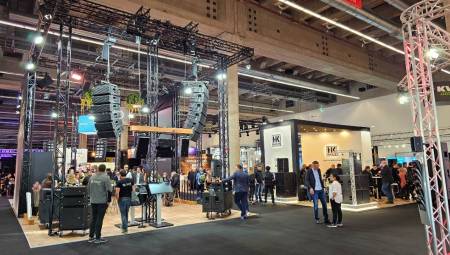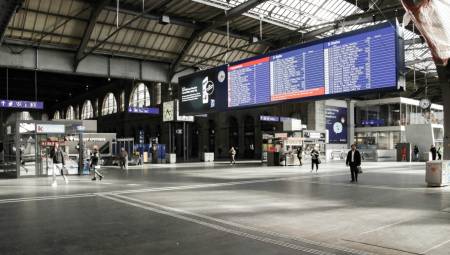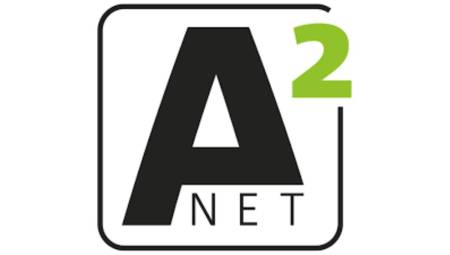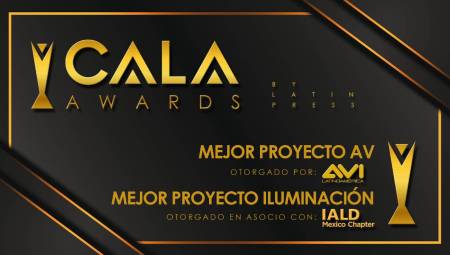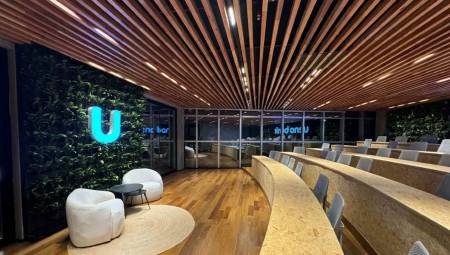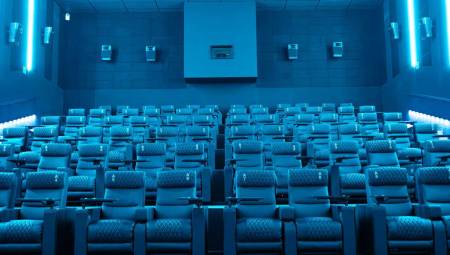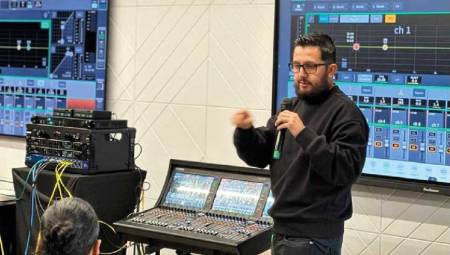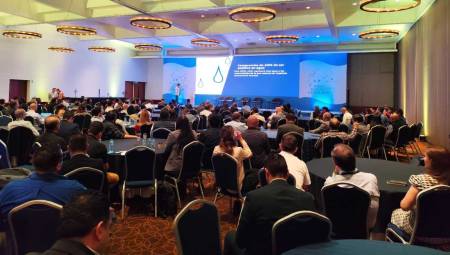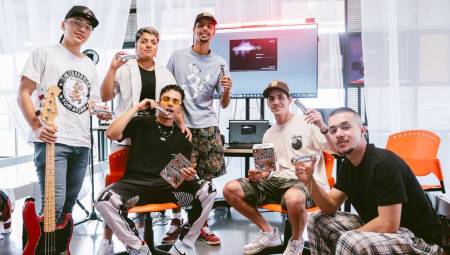 International. While the use of LEDs is spreading for lighting and LED objects are increasing, France's National Agency for Food, Environment and Labour Health Safety (Anses) published an update of its 2010 experience on the health effects of LEDs in light of the new scientific knowledge available.
International. While the use of LEDs is spreading for lighting and LED objects are increasing, France's National Agency for Food, Environment and Labour Health Safety (Anses) published an update of its 2010 experience on the health effects of LEDs in light of the new scientific knowledge available.
The Agency confirms the toxicity of blue light in the retina and highlights the effects of altered biological rhythms and sleep related to exposure at night to blue light, especially through screens and in particular for children. Therefore, the Agency recommends limiting the use of LED devices that are the richest in blue light, especially for children, and reducing light pollution as much as possible to preserve the environment.
In a context of energy-saving policies and the removal of traditional lamps (incandescent lamps and conventional halogen lamps) from the lighting market, LEDs are expanding considerably due to their energy-efficient performance. Thus, in a few decades, the exposure of the population to blue light has increased considerably, especially at night with artificial lighting or screens rich in blue light. In fact, LEDs, due to their technological specificity, can emit a light rich in short wavelengths, called "rich in blue", and a more intense illumination than other light sources, which can induce effects on human health as well as on the environment.
At the beginning of the deployment of this technology, the first experience of ANSES highlighted the retinal toxicity of blue light present in LED lighting and recommended adapting the regulatory framework. As a result, currently for indoor lighting, only LED lamps of risk groups 0 or 1 (according to the photobiological safety standard NF-EN-62471) are accessible to the general public. The most risky lights (groups 2 and 3) are, on the other hand, reserved for professional use in conditions that guarantee the safety of workers.
The ANSES report publishes a new experience covering all LED systems and taking into account all the scientific data acquired since 2010.
New featured effects related to the blue light of LEDs.
New scientific data supports the 2010 result on the toxicity of blue light in the eye that can lead to decreased vision. They show short-term phototoxic effects related to acute exposure and long-term effects related to chronic exposure, which increase the risk of age-related macular degeneration (AMD).
"Warm white" LED lights are indistinguishable from traditional lighting and have a low risk of phototoxicity. On the other hand, other types of LED lighting, such as flashlights, car headlights, decorations or toys, can emit lights especially rich in blue and belong to risk group 2, but are not covered by current regulations.
In addition, experience shows that even very small exposure to blue-rich light during the night or night disturbs biological rhythms and therefore sleep. ANSES emphasizes that screens, especially computers, smartphones, and tablets are important sources of blue-rich light, and children and adolescents, whose eyes do not completely filter blue light, constitute an especially sensitive population.
Experience also shows that a high proportion of LED lamps show significant variations in light intensity. Certain populations, such as children, adolescents, and professionals, may be more sensitive to the potential effects induced by this modulation of light: headaches, eye strain, accidental risk, etc.
Change of regulations and more information to the public
In view of the results of its experience, ANSES issued a series of recommendations to limit the population's exposure to blue-rich light. The Agency reiterated the importance of favoring "warm white" domestic lighting (color temperature below 3000 K). To prevent the effects of disruption of biological rhythms, he recommended limiting the exposure of populations, especially children, to intense blue light from LED screens (mobile phones, tablets, computers, etc.) before bedtime. and during the night.
ANSES also recommends changing the regulatory framework applicable to all LED systems, and in particular:
restrict the availability of LED objects to the general public to those in photobiological risk group 0 or 1;
to limit the luminous intensity of the headlamps of motor vehicles, ensuring road safety;
Minimize the level of temporal modulation of light emitted by all light sources (lights, screens, LED objects).
On the other hand, in relation to the means of protection available to the general public, such as treated lenses, protective glasses or specific screens, the Agency stressed that their effectiveness against the effects on the retina of blue light is very variable. In addition, its efficacy in preserving circadian rhythms is not proven at present.
An impact on biodiversity and the environment.
Regarding the environment, the available studies focus mainly on artificial light at night in general and not specifically on LEDs. Regardless of the ecosystem studied, scientific evidence consistently shows an increase in mortality and a depletion of the diversity of animal and plant species studied in nightlight environments, including LED lighting. The Agency recommends strengthening regulations to limit light pollution, while ensuring people's safety.




